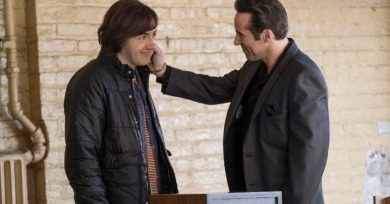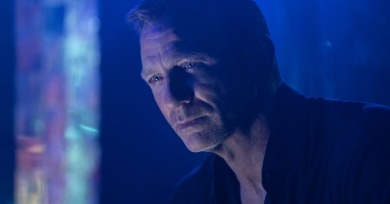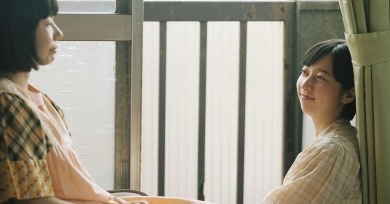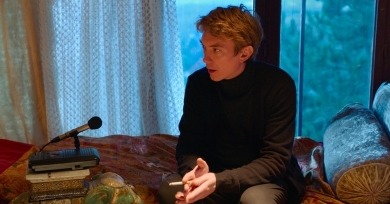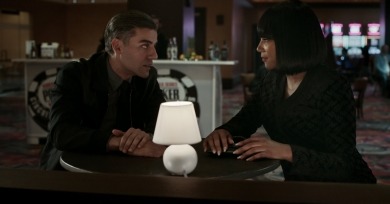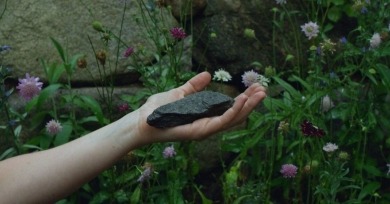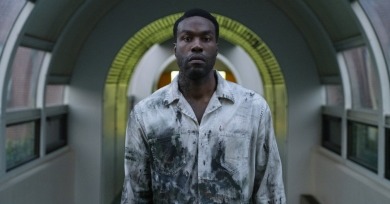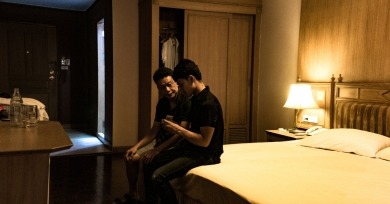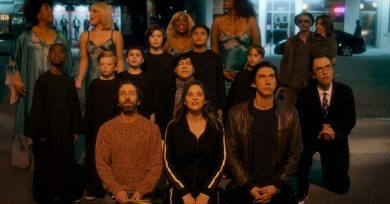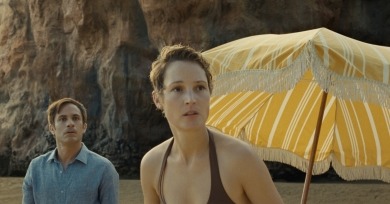Reviews
I am left with the feeling that Many Saints is an expression of Chase’s archness run amok, rather than an invitation to immerse myself in a universe like that of The Sopranos, where, like our own, everyone feels put upon, can’t see past their pain, and therefore fail to notice the pain of others.
In the original series of books, James Bond was as blunt as the prose that brought him to life. He is an alcoholic, a womanizer, a killer, a tool. Those core elements have never really changed. But with the latest Bond film, No Time to Die, the 50-year franchise is going through some unusual transitions.
Ducournau’s latest film starts out hard but strips itself down to a level of softness and sentimentality, examining the armors we establish to shield ourselves from the world, and what it takes to transmute our steely exteriors into something more malleable.
Rrather than dole out character or narrative information too liberally in dialogue, Sugita uses editing and pacing, especially in exteriors, to help the viewer understand Sachi.
Alice Rohrwacher, Pietro Marcello, and Francesco Munzi have traveled their homeland in search of a national identity. What they discovered instead are the typical anxieties of adolescence.
The relationship has clearly been weighing on Andrea, who continually refers to himself as homosexual, despite the physicality that Duras requires of him. Arlaud portrays him as constantly shrinking, folding in upon himself, his cigarette consumption his only action that feels furtive and alive.
As La Linda, Tillich, and The Kid move through city after city, facing down unlovely rooms and unsatisfying conclusions, Tillich is forced to realize that it is not always possible to salve the old wounds, to regain lost innocence, or to temper the impulsive violence of young American men seemingly hellbent on destruction.
Isabella has films within films, plays within plays, and people within people. As in its central mise en abyme, the director creates an abyss of rhyme and recurrence. His mode of adaptation works reflexively, where these layers upon layers lead to a sense of collapse.
Although one cannot say Candyman shies away from body horror, DaCosta judiciously wields this imagery to meaningfully express the psychological and physical legacies that Black communities inherit, bonded by these tales of terror, which are, in fact, history.
In this first, five-minute shot of his new film, Days, Tsai Ming-liang reminds us again of why this once youthful but eternally sorrowful man, now in his early fifties, is among the great muses of what we once called cinema.
If Ema is ostensibly fighting for another chance at motherhood, she is also struggling to assert her own individuality over and against a system that has already decided the place she ought to occupy (on stage and at home).
Many recent musicals have tried to ground themselves in realism or history itself, rarely breaking away to indulge in spectacle and never commenting on their approach to storytelling. Carax and Sparks, by contrast, aim to expose the artifice inherent in their production.
The Green Knight invites authorial skepticism, searching through hundreds of years of English folklore and literature to arrive at something altogether more slippery yet truthful about how narrative bends to serve its master.
His films can be quite melancholy, as this one is, but they often, especially his more recent ones, vibrate with giddiness, the ever-alert camera finding the right, often idiosyncratic angle; Shyamalan still believes, with the resoluteness of a child, that movies are magic, even if they are for adults.
